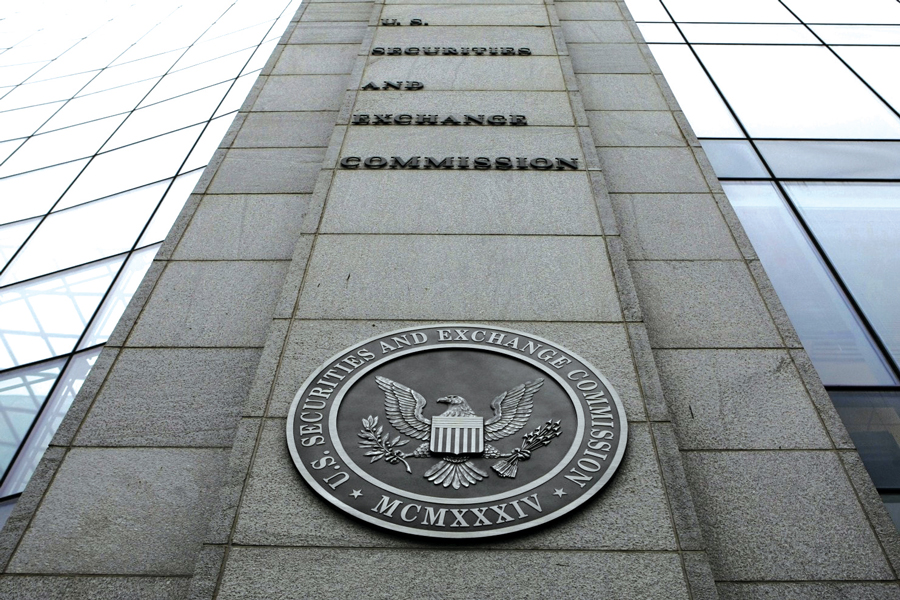

The Securities and Exchange Commission released a proposal Wednesday that would allow people who are not registered as brokers to help small and emerging businesses raise capital in the private securities market.
The SEC plan — approved for public comment by a 3 to 2 vote — would establish so-called “finders” who would help connect entities looking for financing with accredited investors eligible to buy unregistered securities.
Like other recent private market reform proposals, this one drew an objection from SEC Democratic member Allison Herren Lee over potential investor harm. The new SEC Democrat, Caroline Crenshaw, also opposed the finder proposal.
A Tier I finder could only provide contact information for potential investors for a single capital-raising transaction in a 12-month period, according to the proposal. A Tier II finder would have more latitude to identify and contact investors, distribute offering materials and arrange and participate in meetings between the issuer and investors.
The exemptions to registration would require a finder to meet certain conditions, such as not engaging in general solicitation and only working with accredited investors. A finder could not provide investment advice nor advise on the valuation of the offering.
The proposal will be open for a 30-day comment period after it’s published in the Federal Register.
SEC Chairman Jay Clayton said in a statement the rule is needed to help small businesses located find financing “in places that lack established, robust capital raising networks. Particularly in these ecosystems, finders may play an important role in facilitating capital formation for smaller issuers.”
He said the rule would clear up confusion about finders’ regulatory status.
“If adopted, the proposed relief will bring clarity to finders’ regulatory status in a tailored manner that addresses the capital formation needs of certain smaller issuers while preserving investor protections,” said Clayton, who has championed private market reform.
But Lee said the proposal lacks safeguards that govern registered brokers.
“I could have supported a proposed rulemaking that offered a scaled registration model for finders that tailored investor protections to the new risks the model creates,” Lee said at an SEC open meeting. “Instead, today we simply propose to permit unregistered activity that meets the traditional definition of brokerage without adding basic protections such as recordkeeping requirements or the ability to inspect for compliance.”
Crenshaw called the proposal a “radical departure” from registration requirements.
“It would expand the scope of investor solicitation activities by unregistered and unsupervised agents in private markets,” Crenshaw said at the open meeting. “This continues two disturbing Commission trends. First, encouraging the growth of opaque private markets at the expense of better-lit public markets. Second, eroding the investor protections provided by our tried and true regulatory framework.”
In 2019, securities registered with the SEC accounted for $1.2 trillion of new capital, while $2.9 trillion was raised through the sale of private securities, or those exempt from registration, according to the SEC.

Can an annuity help your clients get there?

The leadership changes coming in June, which also include wealth management and digital unit heads, come as the firm pushes to offer more comprehensive services.

Strategist sees relatively little risk of the university losing its tax-exempt status, which could pose opportunity for investors with a "longer time horizon."

As the next generation of investors take their turn, advisors have to strike a fine balance between embracing new technology and building human connections.

IFG works with 550 producing advisors and generates about $325 million in annual revenue, said Dave Fischer, the company's co-founder and chief marketing officer.
RIAs face rising regulatory pressure in 2025. Forward-looking firms are responding with embedded technology, not more paperwork.
As inheritances are set to reshape client portfolios and next-gen heirs demand digital-first experiences, firms are retooling their wealth tech stacks and succession models in real time.
